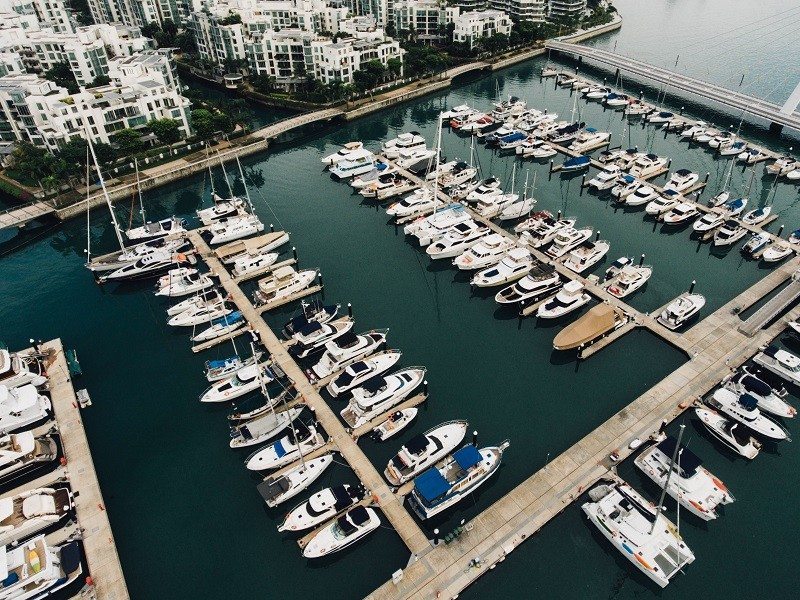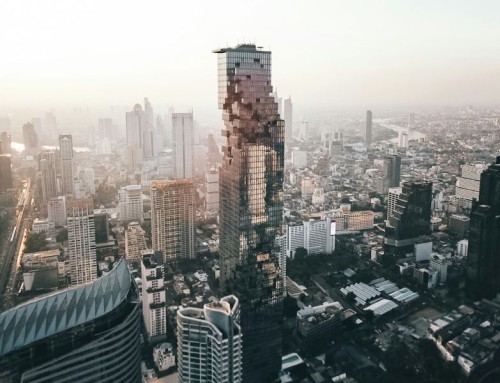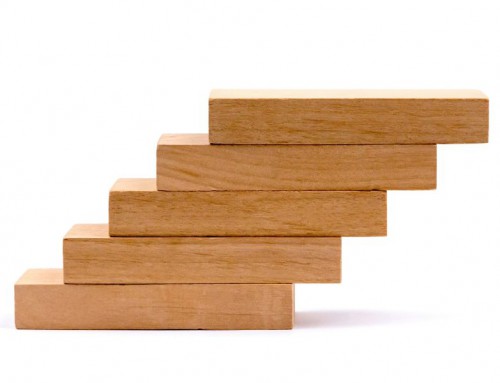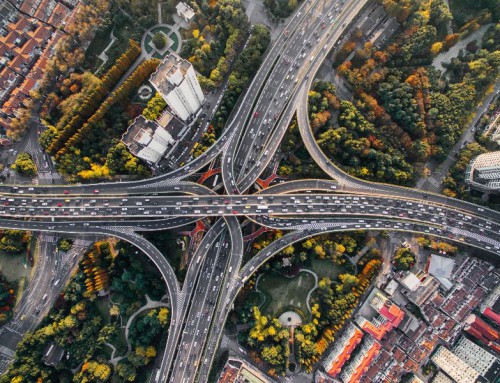Singapore, like many other countries, levies stamp duties on property transactions. It is always mindful to note that these stamp duties can add up to a significant amount.
In Singapore, taxes are collected by the Inland Revenue Authority of Singapore (IRAS). Let us touch on the stamp duties to be paid when buying a property and selling a property.
Stamp Duties when Buying a Property
There are two forms of Stamp Duties which must be paid when buying a property in Singapore. The Buyer’s Stamp Duty (BSD) and the Additional Buyer’s Stamp Duty (ABSD)
Buyer’s Stamp Duty (BSD)
1% on the first $180,000
2% on the next $180,000
3% for anything above $360,000
For example:
Purchase Price: $1,000,000
1% on first $180,000 = $1,800
2% on the next $180,000 = $3,600
3% on anything above $360,000 (3% of $640,000) = $19,200
Total BSD Payable = $24,600
Purchase Price: $300,000
1% on the first $180,000 = $1,800
2% on the next $180,000 (2% of $120,000) = $2,400
Total BSD Payable = $4,200
Buyer’s Stamp Duties are payable for all property transactions. Residential and commercial.
Both CPF savings and cash can be used to pay for BSD.
Additional Buyer’s Stamp Duty (ABSD)
The Additional Buyer’s Stamp Duty was introduced as part of the government’s cooling measures. The current rates are effective for property purchases from 12th January 2013 onwards.
There are three factors to take note when determining how much ABSD is payable. ABSD is only applicable to residential properties.
1) Whether the buyer is an individual or an entity/ company.
- Individual
- Entity or company
2) The residency status of the buyer.
- Singapore Citizen
- Singapore Permanent Resident
- Foreigner
3) The number of properties currently held by the buyer.
A) Singapore Citizen buying FIRST residential property: No ABSD is payable
B) Singapore Citizen buying SECOND residential property: ABSD of 7% is payable
C) Singapore Citizen buying THIRD OR SUBSEQUENT residential property: ABSD of 10% is payable
D) Singapore Permanent Resident buying FIRST residential property: ABSD of 5% is payable
E) Singapore Permanent Resident buying SECOND residential property: ABSD of 10% is payable
F) Foreigners or Entities/ Companies buying ANY residential property: ABSD of 15% is payable
In the event that there are joint buyers, the higher ABSD will apply. For example, if a Singaporean and a Singapore Permanent Resident jointly buy a residential property and the property is both their FIRST residential property, the higher ABSD rate of 5% is payable. If a Singapore Permanent Resident and an entity jointly buy a residential property and the property is both their FIRST residential property, the higher ABSD rate of 15% is payable.
Only cash can be used to pay for ABSD.
Stamp Duties when Selling a Property
When it comes to selling a property, the stamp duties are more straightforward. All sellers of residential properties follow the same Sellers Stamp Duty (SSD)
Seller’s Stamp Duty (SSD)
The Sellers Stamp Duty was introduced by the government to discourage investors who were in the market hoping to profit by flipping a property in a short period of time. The current rates were introduced and are effective on and after 14th January 2011.
A) If the property is held for a year or less: SSD of 16% is payable
B) If the property is held for more than a year but less than or equal to two years: SSD of 12% is payable
C) If the property is held for more than two years but less than or equal to three years: SSD of 8% is payable
D) If the property is held for more than three years but less than or equal to four years: SSD of 4% is payable
E) If a property is held for more than 4 years: No SSD is payable
Only cash can be used to pay for SSD.






